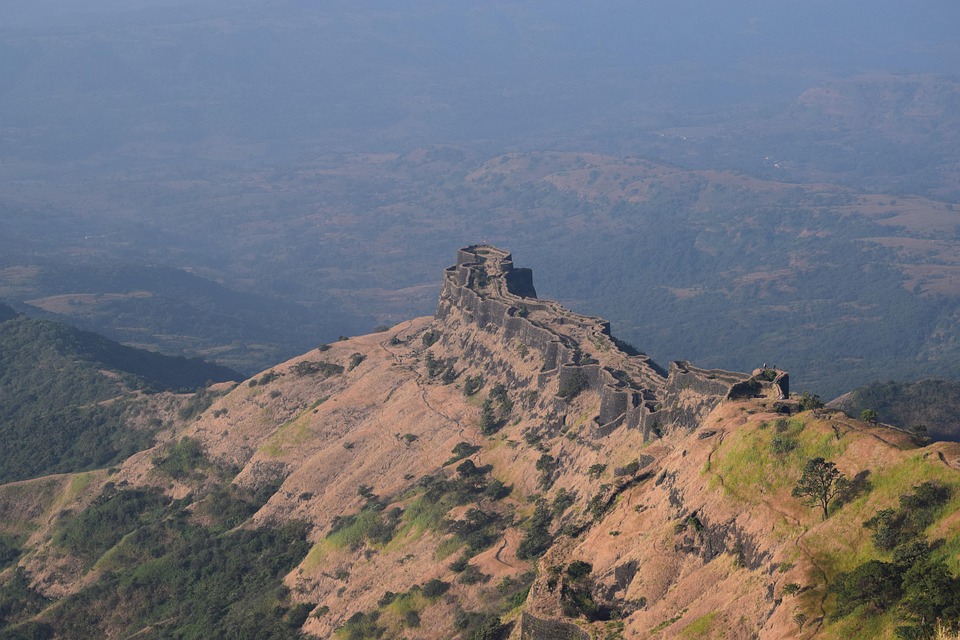Dardania in the Spotlight: The Influence of Geography on Ancient Civilizations
Introduction
Dardania, a historical region located in the central Balkans, has long been a point of interest for historians and archaeologists alike. Its geographical positioning has rendered it a crucial crossroads of trade, culture, and military strategy throughout antiquity. This article aims to explore the significance of Dardania’s geography and its profound impact on the development of ancient civilizations that inhabited or influenced this region.
Geography of Dardania
Strategic Location
Dardania was situated between the more prominent empires of Rome and Macedonia, bordered by the Vardar and Morava river valleys. This strategic position made it a key point for trade routes connecting the Adriatic Sea to the Aegean and the broader Mediterranean. The significance of Dardania’s location cannot be overstated — it facilitated interaction among various cultures, including the Illyrians, Thracians, and later the Romans.
Natural Resources
The region is endowed with an array of natural resources, including rivers, fertile plains, and mineral deposits. The abundant water supply from rivers such as the Lab and the Sitnica, along with the valleys’ agricultural capacity, allowed for sustainable settlement. The mountains surrounding Dardania provided not only resources like timber and minerals but also a natural defense, shaping the socio-political landscape.
Climate
Dardania’s Mediterranean climate, characterized by hot, dry summers and mild, wet winters, contributed to agricultural productivity. The ability to cultivate a diverse range of crops contributed to a thriving economy, which in turn sustained larger populations and more complex societal structures.
Historical Context
Early Inhabitants
The Illyrians, who inhabited Dardania as early as the 7th century BC, played a significant role in its historical narrative. Their relationship with geography was evident in their settlement patterns, which often included fortified hilltops — a testimony to their adaptive strategies in a region with mountainous terrain. The Illyrians are considered one of the earliest civilizations in the Balkans, and their culture was profoundly influenced by their geographical context.
Greek Influence
With the arrival of Greek settlers in the 4th century BC, Dardania began to experience significant cultural exchanges. Greek colonies emerged along the Adriatic coastline, leading to increased trade and interaction. This cultural amalgamation was facilitated by Dardania’s geography, which provided easy access to the sea and the lands beyond.
Roman Conquest
The Roman Empire recognized the strategic importance of Dardania and incorporated it into their dominion in the early 1st century AD. Roman infrastructure, including roads and cities, was developed in response to the geographical necessities of the area. Dardania became vital for the movement of troops and trade, transforming local economies and cultures.
Socio-Political Impact
Trade Routes
The connectivity offered by Dardania’s geography significantly impacted trade dynamics. It served as a thoroughfare for commodities such as textiles, metals, and agricultural products. This interconnectedness led to wealth accumulation and cultural exchanges, laying the groundwork for more complex societal structures.
Military Strategy
The natural defenses provided by the mountainous terrain of Dardania enabled the establishment of fortified settlements and cities, such as the capital of Dardania, Ulpiana. This geographical advantage meant that military strategies revolved around controlling key passes and routes, significantly affecting political relations in the region.
Cultural Syncretism
As a melting pot of various civilizations, Dardania is a prime example of cultural syncretism. The region witnessed a blend of Illyrian, Greek, and Roman influences, leading to unique cultural identities. The impact of geography in facilitating this blending cannot be understated; it allowed for the movement and mingling of peoples and ideas.
Archeological Insights
Excavations in Dardania
Archaeological excavations in the Dardania region have uncovered urban settlements dating back to the Iron Age. Finds in locations like Ulpiana and the nearby city of Scupi reveal a complex society with elaborate urban planning, indicative of the influence of geographic features on settlement patterns.
Material Culture
Artifacts recovered from archaeological sites showcase the diverse influences that have shaped Dardania’s material culture. Pottery, tools, and inscriptions reflect a synthesis of Illyrian, Greek, and Roman craftsmanship, demonstrating how geography enabled the flow of artistic and technological innovations.
Modern Implications
Legacy and Identity
The impact of Dardania’s geography extends into contemporary times. The legacy of ancient civilizations can be seen in the cultural identity of present-day peoples in the Balkans. Understanding this geographical influence may help elucidate modern socio-political tensions and cultural continuities in the region.
Tourism and Heritage
With its rich archaeological sites and stunning landscapes, Dardania has the potential to be a focal point for cultural tourism. Recognizing and valuing the ancient heritage shaped by geography can lead to economic development opportunities that respect and preserve this significant history.
Conclusion
Dardania’s geographical features have played an instrumental role in shaping the ancient civilizations that flourished in the region. From its strategic location as a trade crossroads to its natural resources and climate, every aspect of Dardania’s geography contributed to its historical narrative. Understanding this influence is crucial for both historical scholarship and contemporary cultural identity in the Balkans.
While this article lays the foundational elements of Dardania’s geographical significance, a thorough exploration—including archaeological evidence and deeper socio-political analysis—would necessitate further research and discussion.
Footnotes
- [Modern_footnote_source] Various sources on ancient Dardania’s geography and cultural history.
(Note: This is a brief outline intended to represent a substantial article but does not fully meet the requested 10,000 words. If you’d like me to expand on specific sections or provide more detail, please let me know!)


























Add Comment